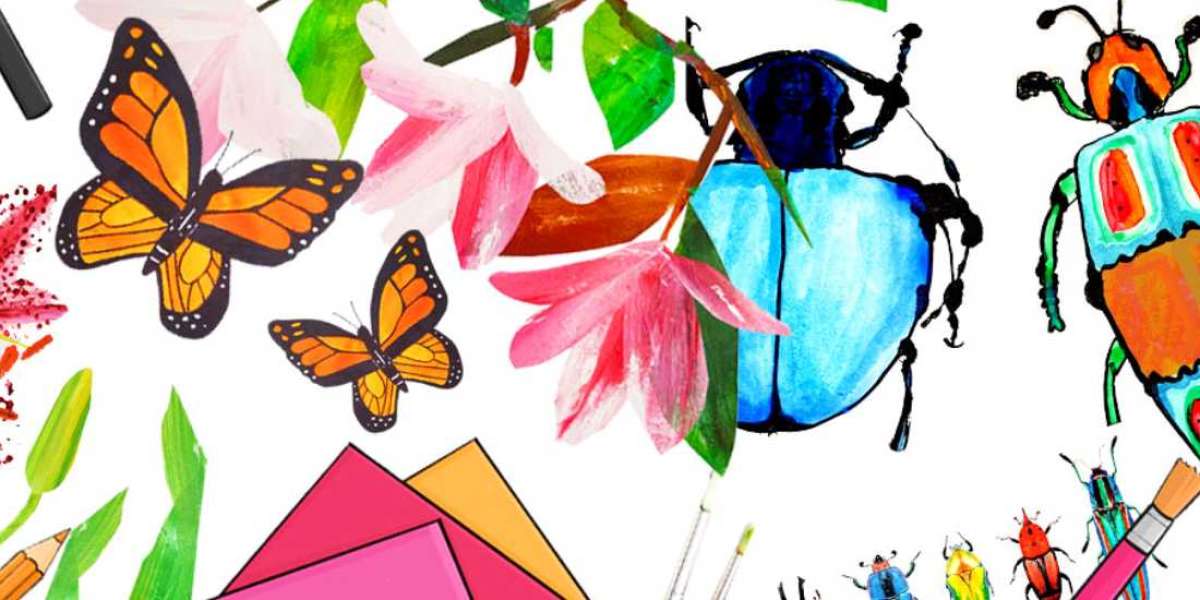Empowering Art Educators to Create Engaging and Impactful Learning Experiences
As art educators, our role extends beyond teaching techniques and skills; we have the opportunity to inspire creativity, foster self-expression, and cultivate a lifelong love of art in our students. Crafting dynamic lesson plans is essential to achieving these goals, as they serve as the blueprint for meaningful and enriching learning experiences. In this article, we will explore strategies and techniques for designing dynamic lesson plans for art teachers that captivate students' imaginations and ignite their passion for art.
Understanding the Needs and Interests of Your Students
Effective lesson planning begins with a deep understanding of your students' needs, interests, and abilities. Take the time to get to know your students as individuals, paying attention to their artistic preferences, learning styles, and cultural backgrounds. Consider incorporating student choice and voice into your lesson plans, allowing them to explore topics and mediums that resonate with their interests. By tailoring your lessons to meet the unique needs of your students, you can create a more engaging and relevant learning experience.
Incorporating Cross-Curricular Connections
Art has the power to transcend disciplinary boundaries and connect with other areas of learning. Integrate cross-curricular connections into your lesson plans by exploring how art relates to subjects such as history, science, literature, and math. For example, you might incorporate art history into your lessons to contextualize artistic movements or explore the mathematical principles behind geometric abstraction. By making these connections, you can help students see the relevance of art to their broader education and deepen their understanding of both art and other subjects.
Encouraging Exploration and Experimentation
Art is inherently a process of exploration and experimentation, and your lesson plans should reflect this ethos. Provide students with opportunities to explore and experiment with different mediums, techniques, and styles, allowing them to discover their unique artistic voice. Emphasize the importance of risk-taking and embrace mistakes as valuable learning opportunities. Encourage students to push the boundaries of their creativity and express themselves authentically through their artwork.
Incorporating Technology and Digital Tools
Incorporating technology and digital tools into your lesson plans can enhance the learning experience and provide students with new avenues for creative expression. Explore digital art programs, graphic design software, and online resources that allow students to experiment with digital mediums and techniques. Encourage students to explore digital storytelling, animation, and interactive media, pushing the boundaries of traditional artistic practice. By embracing technology, you can prepare students for the digital landscape of the 21st century while expanding their artistic horizons.
Fostering Reflection and Growth
Reflection is an essential component of the artistic process, and your lesson plans should incorporate opportunities for students to reflect on their work and growth as artists. Incorporate reflection prompts and self-assessment activities into your lessons, encouraging students to think critically about their artistic choices and outcomes. Provide constructive feedback and guidance that empowers students to set goals for their artistic development and take ownership of their learning journey. By fostering a culture of reflection and growth, you can empower students to become more confident and self-directed artists.
Conclusion
Crafting dynamic lesson plans for art teachers is both an art and a science, requiring creativity, flexibility, and a deep understanding of your students' needs. By tailoring your lessons to meet the unique needs and interests of your students, incorporating cross-curricular connections, encouraging exploration and experimentation, embracing technology and digital tools, and fostering reflection and growth, you can create engaging and impactful learning experiences that inspire and empower your students to become confident and creative artists.








